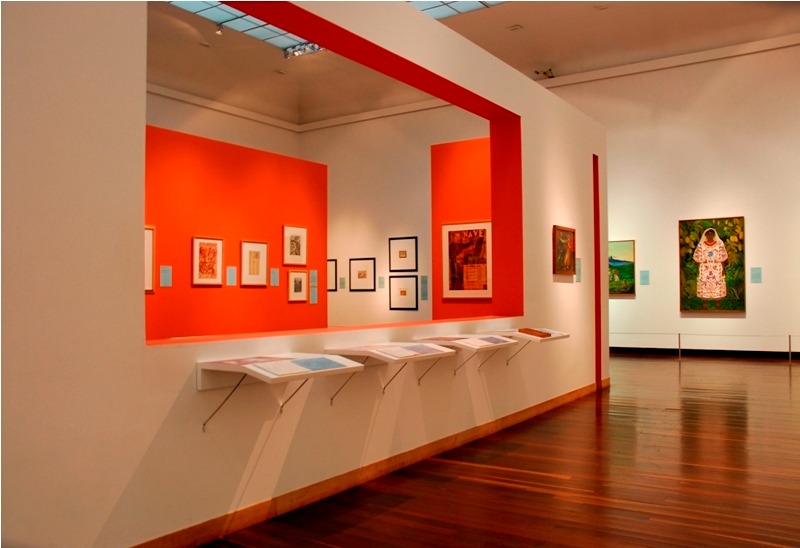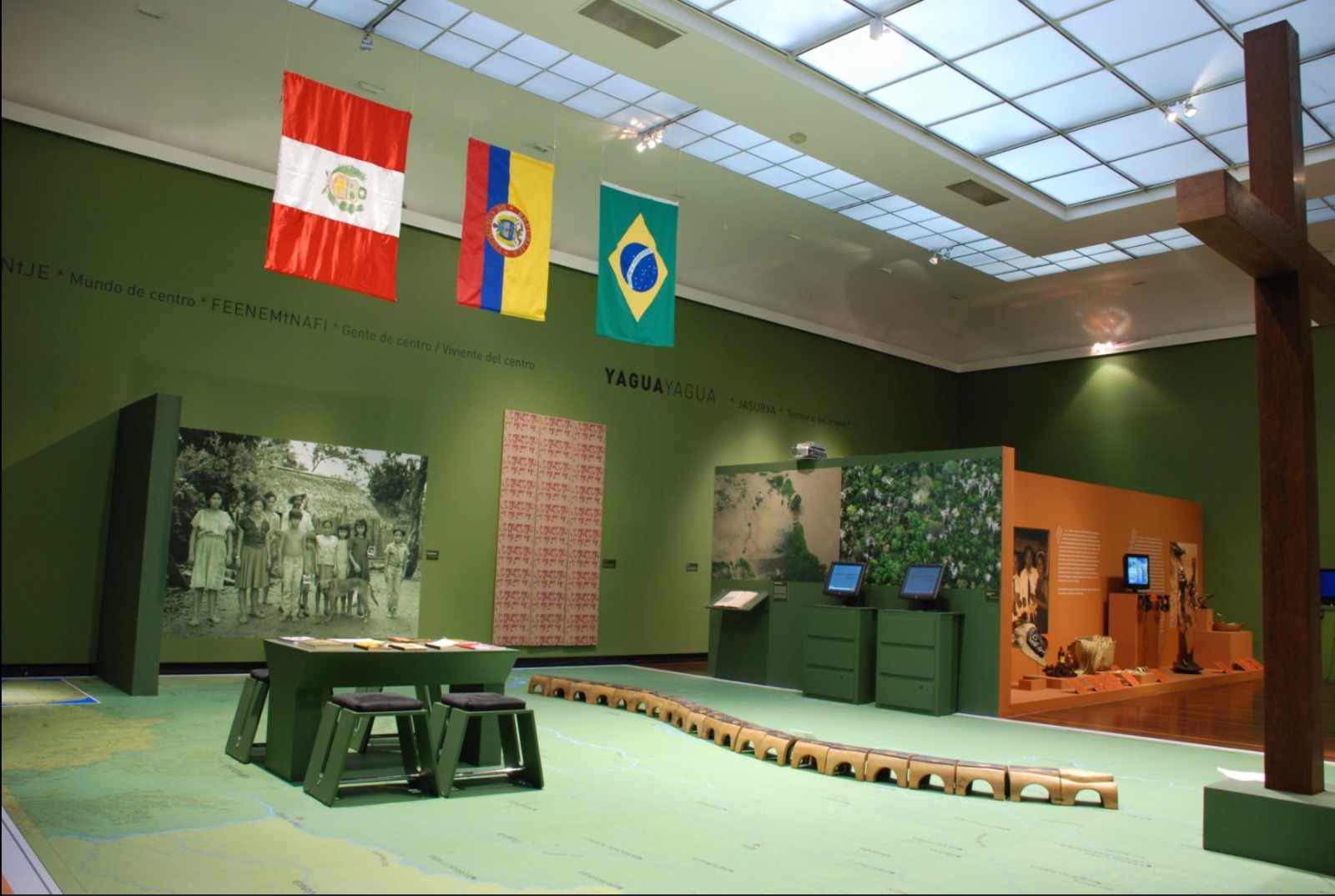EDITORIAL/ EL PILÓN
In the previous edition, in an interview with EL PILÓN, the Vallenato museographer José Eduardo Vidal presented his vision of looking at Vallenato culture from three new perspectives: museum, cultural tourism and the academy, so that it can transcend with greater impact and can be potentiated in a greater dimension.
In this second installment, Vidal continues his approaches to his international experience in the field of museography and his view of the local potential in this regard.
How to make the existing potential attractive for the vallenatos themselves, the visitors, tourists and academics and researchers of a museum endowment?
I am going to expand, because I will answer it from three aspects or perspectives: museum, cultural tourism and academia.
From the experience and perspective of the museum, first of all, it is essential to find new ways of telling the history and culture of the region and how it has dialogued inside and outside the territory.
It is necessary to understand the way in which the public today approaches cultural processes, the cultural offer, for example, visitors to a museum seek an experience that allows them to learn and experience emotions from a current expository and narrative proposal but also seek an offer broader and more comprehensive cultural culture and that is why museums today, in addition to exhibiting and conserving heritage, offer a broader and more comprehensive agenda of activities such as talks, film series, concerts, plays, performances, etc., and in their infrastructure offer multiple spaces for meeting and exchanging knowledge where communities have the opportunity to build and dialogue with the processes of the museum and the territory.
On the other hand, it is important to include technology and digital media to improve the visitor experience and to more assertively communicate their schedule of activities using, for example, virtual reality, augmented reality, can be used to recreate historical scenes. , and mobile applications can be used to provide additional information to visitors during the visit.
Now, from the perspective of cultural tourism, creating tourism products, such as art, music or gastronomy tours. These products can be marketed through digital platforms and social networks, to reach a broader audience.
Collaboration between different sectors, such as the tourism industry, culture and heritage, can be an effective strategy for the development of cultural tourism products. These collaborations may include the joint organization of cultural events, exhibitions and festivals.
Investment in cultural and tourism infrastructure can enhance the visitor experience and foster culture and tourism in the region. This may include the construction or improvement of museums, galleries, theaters and other cultural spaces, as well as the creation of tourist infrastructure, such as accommodation and transport.
Generating effective promotion and marketing strategies to attract tourists to the region and spread local culture. Social media and traditional media advertising can be used to reach a wide and diverse audience. Collaborations with renowned influencers and artists tend to move current audiences.
It is important to provide education and training to local tourism actors such as tour guides, tour operators and tourism officials. This will allow them to offer high-quality services to tourists and enhance their experience.
Generate citizen campaigns that understand the importance of cultural tourism, to disseminate and strengthen cultural identity, to visualize the economic potential that this could contribute to the development of the region, generating jobs and opportunities and understanding the role that as a community they would have in the construction and sustainability of this strategy, from its citizen behavior, its interaction with tourists, etc.
From the perspectives of the academy, developing educational programs for locals and for visitors that foster an understanding and appreciation of local culture.
Develop training processes for future professionals who will work in the field of cultural management and museums. In this sense, universities and academic training centers can offer training programs in areas related to cultural management and museums, such as museology, conservation and restoration, curatorship, museum education, among others. These programs can offer theoretical and practical knowledge that allows students to acquire the skills and competencies necessary to work in the field of museums.
Museums can also collaborate with academia by offering spaces for professional internships and research projects. Students can have access to the objects and collections of the museum and work on research projects that contribute to the development of knowledge and the dissemination of culture.
On the other hand, the dialogue between academia, researchers and museums is very important, since museums by their nature offer a valuable resource, which is the collection, and researchers, and these can be the object of study, analysis and realization. of research that contributes to the understanding and knowledge of cultural heritage.
In addition, collaboration between academia, researchers and museums can allow the creation of joint projects, the organization of exhibitions and the conduct of research that contribute to the development and dissemination of knowledge.

What would you recommend for these scenarios to be successful and sustainable in cultural projects?
Beyond economic sustainability, yes, it is important since it is necessary to permanently manage financing sources that lead any cultural project to a sustainability that allows them to maintain their operation and develop long-term projects linking public-private governance models, which What must be sought is to be able to carry out a process that guarantees sustainability or social sustainability, for this it is necessary to promote the active participation of the community in its projects and activities. This may include collaboration with interest groups, carrying out joint activities and promoting events that involve the community.
I stress that in order to achieve comprehensive sustainability (economic and social) we must work on the importance of educating, preserving, disseminating, promoting and supporting the Vallenato culture beyond a Festival that has carried out an indisputable laudable work over the years, but it is necessary to transcend and incorporate other edges that lead to enhance our culture, for this, fostering community participation in the promotion and preservation of it is fundamental – permanent cultural education is key for the population to understand and become a protector and disseminating agent of their own culture, of their traditions. Promote cultural tourism, but that does have a good quality infrastructure, a defined role, as an ally in economic development and as an articulator of national and international visitors. Understanding that the support and promotion of local artists is essential since they are precisely the ones who disseminate and keep Vallenato culture alive through their artistic manifestations.
In Valledupar, some private institutions and cultural actors have been working permanently in recent years in favor of generating dialogues, strategies and initiatives that allow the promotion and articulation of two sister sectors: culture and tourism, having as support the great umbrella that It is our Vallenato culture, its music, its traditions, its stories, its gastronomy, its landscapes and its environment.
There are a significant number of declarations in force, we have a Safeguard Plan, we are part of the Sierra Nevada de Santa Marta Biosphere Reserve, etc. The great challenge is how we articulate and design a clear, measurable route with a high cultural, economic and social impact, how we manage to extend the short four-day window of opportunities generated by the Vallenato Festival throughout the year and how we manage to break this uncertainty every 4 years of who comes as head of the local public administration and what will be their commitment, accompaniment and continuous support that allows continuity and sustainability to cultural processes.
What is the objective of visiting Valledupar during these days?
In recent months I have had an approach with part of the cultural sector of the city, in recent months we met with leaders and cultural managers of the city in a virtual way and as part of the conclusions it was the one who could come to Valledupar to see the state and progress of some ongoing projects and initiatives that seek to articulate the cultural and tourism sectors, I come to try to contribute from my experience and to join this group of restless people who have been working on cultural issues in the city and who understand the enormous potential that this has for the economic and social development of the city and the region.
